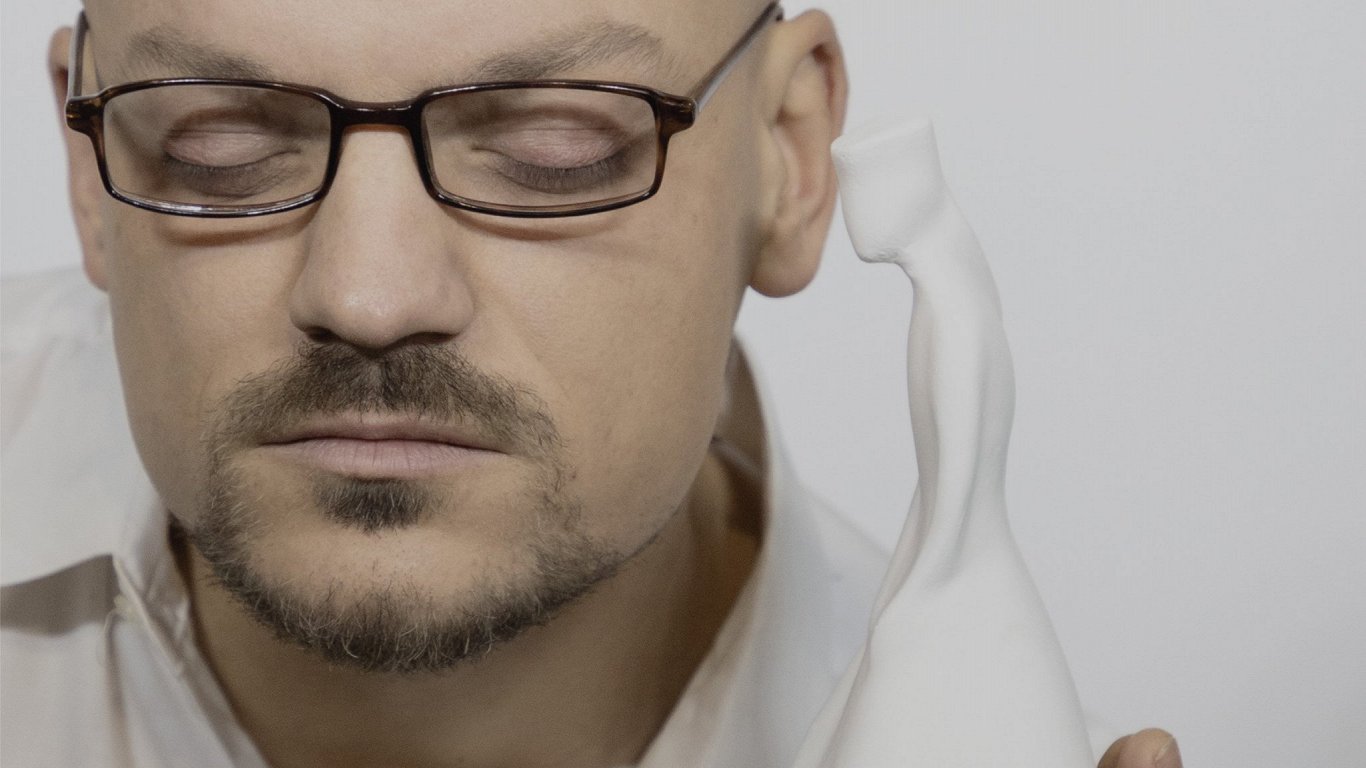Loading…
Two American astronauts were just preparing for a spacewalk before the ground control team noticed that space debris was approaching the International Space Station (ISS). Photo/NASA
The space debris was part of a Russian rocket, frigate top plane used in Soyuz and Zenith launchers. Space junk is estimated to be within 0.4 kilometers of the ISS, triggering a “red” or higher-level threat alert.
“This is part of the debris that has been tracked down over the last few days. This morning the threat turned red and we must act for the safety of the crew,” said Dan Huot, NASA spokesman at Mission Control at the Johnson Space Center in Houston. ).
Read also; Russian space maneuvers to save the ISS
NASA also postponed a planned spacewalk after a large chunk of Russian space debris came very close to the ISS orbital outpost. NASA astronauts Frank Rubio and Josh Cassada are about to emerge from the Quest airlock to install a new solar array.
The ground control team maneuvered to avoid space debris to bring the ISS to safety using thrusters aboard the Russian Progress cargo spacecraft docked at the Russian station segment. The ISS maneuver should take place at 8:42 EST.
“The crew is not in danger. It’s not the first time we’ve done this and it won’t be the last. These are just some of the realities of operating in low Earth orbit,” said Huot.
The crash occurred about a week after a significant refrigerant leak from the Russian Soyuz capsule. This spacecraft, which carried NASA’s Frank Rubio and Russian cosmonauts Sergey Prokopyev and Dmitry Petelin to the space station in September 2022.
Read also; Russian cargo plane pushes ISS maneuvers to avoid remaining debris Anti-satellite missile test
The leak may have made the Soyuz MS-22 capsule unsafe for astronauts to fly home. Experts assess the leak as the result of a collision with space debris or a meteorite, but an official investigation is still ongoing.
If these fears are confirmed, the space station may for the first time in its history lack the capability to bring the entire crew home safely in the event of a major onboard accident. “There’s never a dull day aboard the International Space Station,” Huot said.
(wib)


